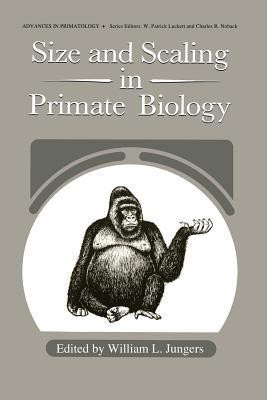Size and Scaling in Primate Biology(English, Paperback, unknown)
Quick Overview
Product Price Comparison
In very general terms, "scaling" can be defined as the structural and func- tional consequences of differences in size (or scale) among organisms of more or less similar design. Interest in certain aspects of body size and scaling in primate biology (e. g. , relative brain size) dates to the turn of the century, and scientific debate and dialogue on numerous aspects of this general subject have continued to be a primary concern of primatologists, physical an- thropologists, and other vertebrate biologists up to the present. Indeed, the intensity and scope of such research on primates have grown enormously in the past decade or so. Information continues to accumulate rapidly from many different sources, and the task of synthesizing the available data and theories on any given topic is becoming increasingly formidable. In addition to the formal exchange of new ideas and information among scientific experts in specific areas of scaling research, two of the major goals of this volume are an assessment of our progress toward understanding various size-related phe- nomena in primates and the identification of future prospects for continuing advances in this realm. Although the subject matter and specific details of the issues considered in the 20 chapters that follow are very diversified, all topics share the same fundamental and unifying biological theme: body size variation in primates and its implications for behavior and ecology, anatomy and physiology, and evolution.


